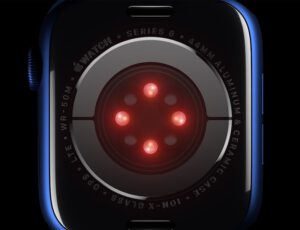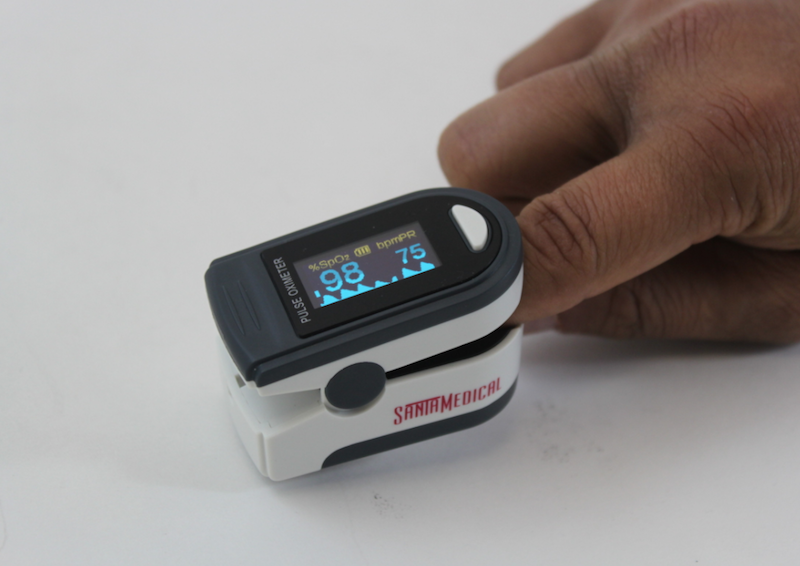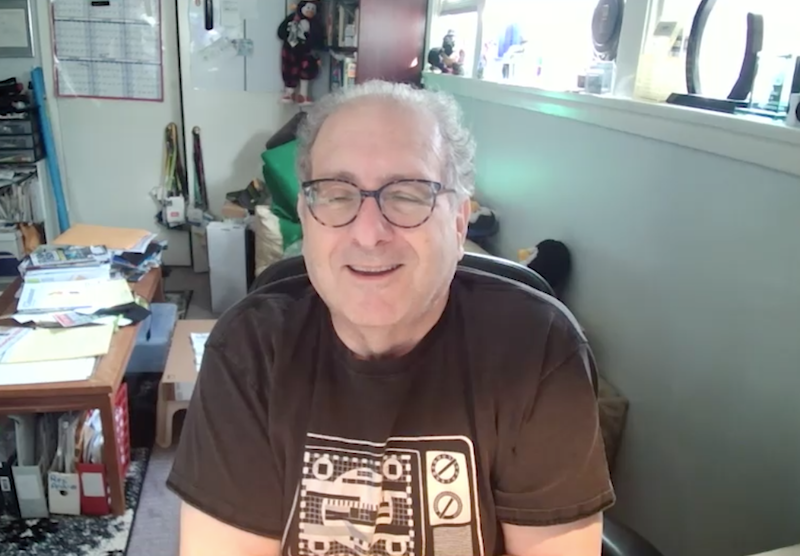Improved access to telehealth and telemedicine is just one of many things that have changed since we all began to navigate the world wrought by the COVID-19 global pandemic.
Yes, hopefully things return to a post-new-normal sooner than later, but what does our current situation mean for those of us who might specify, install, and maintain residential tech ecosystems that include digital health and medicine products, as well as those who are consumers? What are the key things to know?
Disclaimer: The information contained in this article is for informational and educational purposes only and it is not intended as health or medical advice. Always consult a physician or other qualified health provider regarding any questions you may have about a medical condition or health objectives. In the event that you suspect a life-threatening condition seek immediate medical assistance.
Related: 3 Lessons for Building an Effective ‘Wellness Tech’ Team
What Hasn’t Changed in Healthcare
Some medical procedures, of course, still require physical contact: blood tests, injections, dialysis and infusions, radiation therapy, dentistry, chiropractic visits, surgery, “touch-intensive” physical exams, and the like. You simply can’t “phone those in.” On the other hand, for people in remote locations or where medical professionals are not geographically close, what is generally put under the umbrella of “tele-medicine” has been helping people and saving lives for years.
Thanks to “stay at home” recommendations, video conferencing and allied distance-medicine tools are being used by even the most urban city dwellers. Most of my own doctors in Los Angeles are less than five miles away, as are four hospitals and myriad specialized out-patient surgery centers. Yet, other than a socially distanced cardiologist visit, my wife and I have had “virtual doctor visits” with many of our physicians.
Telehealth vs. Telemedicine
First, a few terms and definitions are in order as you figure out what to do and what to ask your own providers. At the top of the list is the difference between “telehealth” and “telemedicine.”
Telehealth is a broad category of health-related services, products, and devices that use remote communication to enable the dissemination and perhaps the collection of data allied with the health profession. Participating in a seminar about medical issues, transmitting a prescription to a pharmacy, and collecting data from a monitor are typically defined as being under banner that banner.
On the other hand, telemedicine is generally defined as a more direct communication between a clinician and a patient, regardless of whether it is video or audio-only. If a one-to-one “visit” is virtual, rather than in person, that’s telemedicine. Put another way, if you send data from a home medical sensor or device such as a blood pressure or EKG app, that’s telehealth. When the clinician follows up with you virtually to let you know what the data means, that is telemedicine.
A side note: I’m using the term “clinician” rather than “doctor” intentionally. These days parts of your health care may be taken care of by a nurse practitioner, a physician’s assistant, or an RN. These people deserve respect they sometimes don’t receive as they are a key part of the health care team.
Medical-Grade Devices vs. Health Devices

There is another bit of nomenclature that you should understand when considering the data gathering side of telehealth: medical-grade devices versus health devices. Both classes of devices may do the same thing, but the difference is in the accuracy and repeatability of the results.
A good example of that is using a “smart watch” for reading blood pressure versus a product with a full inflatable sensor. That’s where the products you have seen in the doctor’s office with the “cuff” on your arm, or a novel product such as Omron’s HeartGuide, differ from a sensor on the bottom of a watch. The watch isn’t bad, and for many it does the trick. A medical-grade device just does it better.
As you shop for and evaluate products for health care measurement, it is also good to be aware of what is meant when you see the term “FDA Cleared.” This means that the FDA has evaluated the data supplied by the manufacturer to support any claims. However, this wording does not mean that the FDA has (in almost all cases, depending on the category “Class”) actually looked at or tested the device. It means that any claims for the device have been backed up, typically with peer-reviewed studies.
Looking at Specific Devices
I’ve already mentioned blood pressure monitors. They are key to helping you work with a clinician to adjust medicines and, perhaps, even more important, monitor for activity that might lead to a stoke or other serious condition.
In addition to picking a device that suits the individual, with these or other similar devices, it is always a good idea to take the blood pressure device to a physical clinician visit once to have your readings compared to a good, old fashioned, sphygmomanometer. You know that thing on the exam room’s wall with the glass tube of mercury that looks similar to an old thermometer? The use of mercury has put these out of production, but many offices have them. By comparing your digital device to one of those, you have a mental calibration of the accuracy of your personal device. Even better, the clinician may then be able to help you take better readings on your own.
That advice for the use of digital telehealth devices is also worth remembering with regard to “touchless” digital thermometers. Whether you have one for business or personal use, every once in a while, take someone’s “skin temperature” with the touchless unit and compare it to a reading of the person’s “core body” temperature using a more conventional device that touches the person’s body. Compare the two and see if you need to figure any difference into the results. The “internally driven” core body temperature is the guiding baseline, just as the sphygmomanometer is a baseline for the true blood pressure reading.
Personal EKG for Telehealth
One other type of telehealth device that has gained popularity in the past year or so is personal EKG (or, as some show it, ECG) products. They give you the ability to have some idea of heart activity other than when you are in the doctor’s office. Always remember that at-home EKG recording is not a substitute for a true EKG taken with 12 or more leads. It cannot, on its own, predict or warn of a heart attack.
When used properly, however, these telehealth products warn you of atrial fibrillation (Afib) or arrhythmia. Those with this condition have a risk of stroke that is five times higher than average. With both watches and purpose-designed devices, do a one-lead EKG and record it. Some have algorithms built into the product that can warn of possible irregular heartbeat so that you can seek medical advice or attention. Most also use apps to record the readings so that you may send them to a cardiologist. Some devices, such as those from Kardia or Omron, even include an evaluation of the first reading by a cardiologist that helps the app further set a personal baseline.

Using them is simple: For watches, you touch the crown until the reading is complete. For other products, you place your thumbs on conductive pads. As with and product category, there are differences. For example, the Kardia 6L takes readings both from your thumbs as well as your upper leg. This gives you the equivalent of a “six lead” EKG, that while not as accurate as what you get in the doctor’s office or hospital, is a better and more accurate indication of heart activity than a single-lead device.
Another interesting telehealth product is Omron’s Complete. This combines the sensors for a single-lead device with a cuff-driven, medical-grade, blood pressure reader into one product. This, combined with the Omron Connect app, gives you and your providers a combined EKG and BP reading for even better baseline information of two related and key health parameters.
Blood Oxygen Saturation
Particularly in the era of the pandemic, another health measurement that is becoming important is blood oxygen saturation. This is not something to look at every day, as you might with blood pressure or perhaps a heart check for readings that might detect Afib. However, if you are in a front-line job or are disease compromised, it’s a good thing to know.
This measurement is something that you’ve encountered at your last visit to the doctor or clinic. That small device that looks like a chip clip with a digital readout is a pulse oximeter. It uses light technology to measure the oxygen, and the clip measures your pulse. Depending on the accuracy, these may be bought for under $20 to over $200.
If it is recommended healthcare professional, it is an easy thing to do at home and then report the readings yourself or, in some cases, via an app. For the most recent product in that area, the new Apple Watch Series 6 has lights in the bottom of its case that perform the same functions as a “finger clip” device, albeit with a bit more panache and the ability to send readings to the cloud as well as see them on the watch face.
The reluctance of some to go to a doctor’s office for a physical visit has made these devices more appealing during the pandemic, they make sense in “normal times,” as well. Particularly for those with “at risk” conditions, having solid data that you can view yourself, have stored in an app’s history, sent via the cloud to a monitoring service or, of course, shared with your personal medical team, is a good thing.
Having a handle on your health may well help you get through the pandemic, but also help you know your body and thus lead a better and hopefully longer life.









